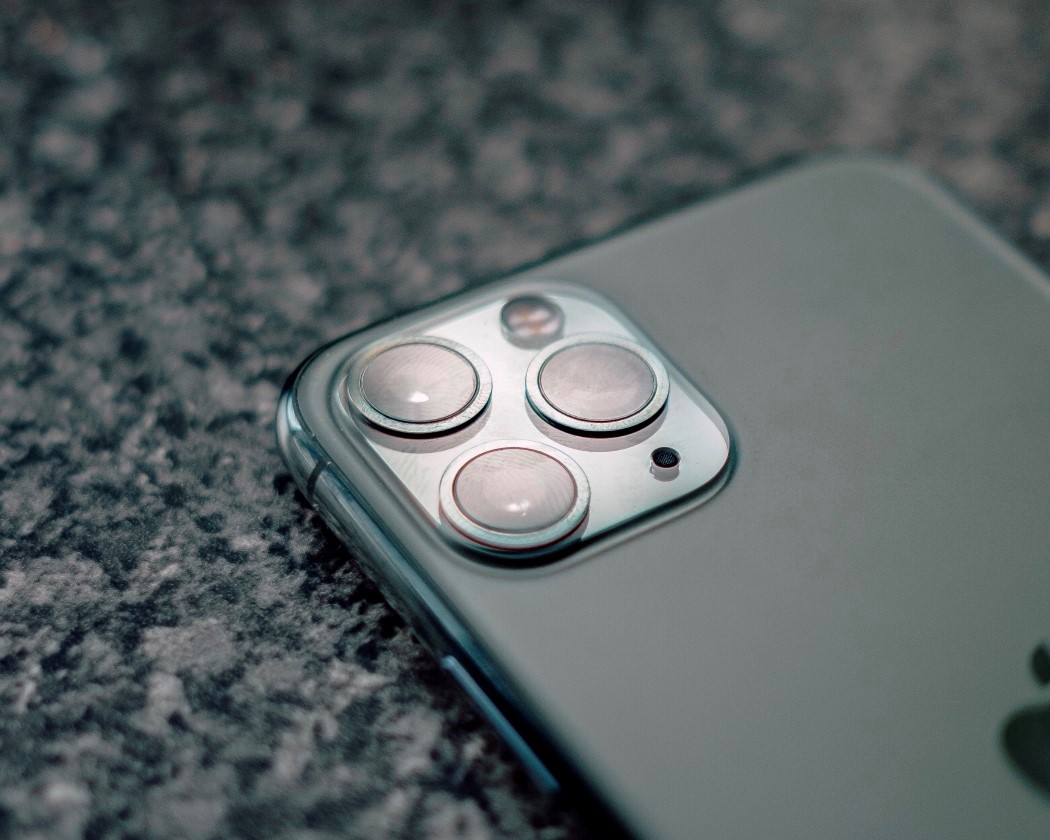
Hey I’m Sam, and I do design.
What type of design do I design? Well… I don’t know any more.
I studied at university as a product designer. We were there to learn how products are designed on an industrial scale. Not handmade, not batch produced, but on a global and industrial level. For this reason, product design was also often called industrial design. I could interchange the term I used, depending on who I was talking to, and the terms were synonyms of each other, depending on who you asked.
But that was 6 years ago. That was a time when we were still mourning the loss of skeuomorphism in the iPhone. It was a time when digital design had finished copying the real world in order for users to “understand” the interface, and it had started to make its own way in life. We saw flat design and multi-tap gestures that weren’t possible in traditional product design.
However, 6 years later, it is clear that digital design didn’t have a clean divorce from product design. It decided instead to take its name. Now the entire design industry refers to anything digital, service, user experience, or user interface design, as “product design”.
I spent four years at university studying what I thought was the cutting edge of User-Centered thinking and empathy within product design. My head was buried in an industrial design dream.
Now that I’ve emerged from the other side of graduation, it has suddenly hit me that I’m not a product designer any more. That title was adopted by the UXers and UIers. Product design is now any service that a consumer can interact with. I can only officially call myself an industrial designer now (though I have started calling myself an “item” designer, even if it’s not catching on just yet).
At the end of the day, I’m the designer that wraps the “product” in an outer shell that customers can buy. The item is a physical embodiment of the product which is stored on local chips and on cloud servers. Arguably, the shells are a deciding factor when choosing an “item”, but no way near as much as the “product”. Few would turn down the new iPhone 11 and iPhone 11 Pro because they don’t like the camera design. People care more about the photos it can take and the services it provides (product) than the shape of the camera bump (item) in that scenario.
The real question is (and this is the question that keeps me awake at night): how long will it be before a product doesn’t need the shell at all?
That’s actually the exciting thing about the creative field we’re in.
The human race has been creating since the dawn of time but “design” as we know it is relatively new. The industrial revolution that kicked it all off was 200 years ago. “Modern” design thinking brought to us with Bauhaus was 100 years ago. When compared to the artists and craftspeople of ancient civilizations, modern design is still taking its first steps. As such, we are collectively pioneers; steering our profession in ways that would have seemed impossible even 20 years ago. Our industry is malleable and never still.
By its very nature, our profession pushes the boundaries of what human creativity is capable of. Design works with social, business, and environmental constraints that must be navigated to design a good product. That process in itself is a skill that is ever-changing. In the time it took me to choose a degree and finish it, the landscape has shifted to a brand new location.
As creatives, it’s no longer the case that we learn one discipline and stay segregated for the rest of our career. The skill sets that we pick up are heavily transferable to different sectors, and I would argue that it’s best to learn as many disciplines as possible. Want to future-proof your job? Learn the skill that may replace it.
Our job is to literally change the world. I don’t mind if my job title changes along with it – I just need to remember that I need to as well.
ABOUT THE AUTHOR
Sam Gwilt is an industrial designer with an eclectic mix of skills. He graduated Brunel University London and worked for Paul Cocksedge Studio, specializing in bespoke lighting installations and exhibitions internationally. He now works with clients globally at consultancy Precipice Design, and also runs an Instagram Page and YouTube channel – Sam_Does_Design – where he shares industry tips with the community.